Nemo has been found! A ‘new to science’ species discovered at Mt Burr Swamp
On a sunny day in November last year, I was doing fish sampling in various wetlands at Mt Burr Swamp when something caught my eye. In the net I had captured something tiny that I had seen before; I recognised it by the beautiful orange and white stripes on its head. I was quite sure that this was the same small spider that I had originally seen two years ago at a swamp near Nangwarry. On that occasion, unsure of the species, I had uploaded a photo to a peacock spider social media group. Joseph Schubert an entomologist/arachnologist from Museums Victoria, commented immediately that it was an undescribed species. Imagine my excitement at finding them at a different location, and now on NGT’s own property!
In order to officially describe and name new species, specimens are required. So I collected a few spiders and sent them off to Joseph whom I had been in touch with since the first sighting near Nangwarry.
Last week I found out that his scientific paper was accepted for publication in the journal Evolutionary Systematics, and am very pleased to introduce you to the newly named Maratus nemo – the Nemo Peacock Spider. You can read the paper here (open access).
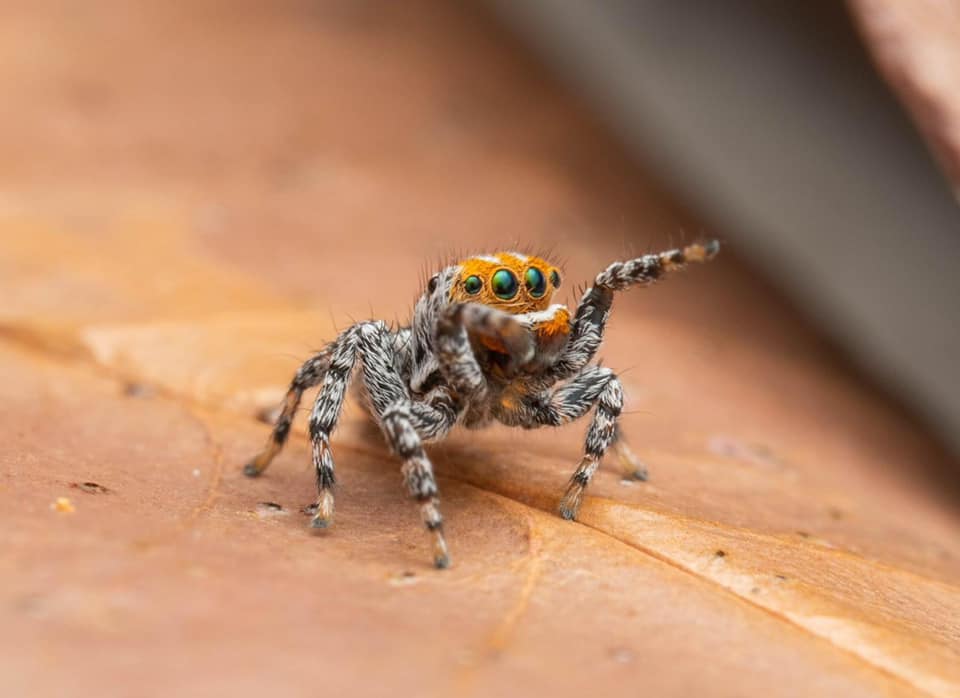
Photo: Joseph Schubert 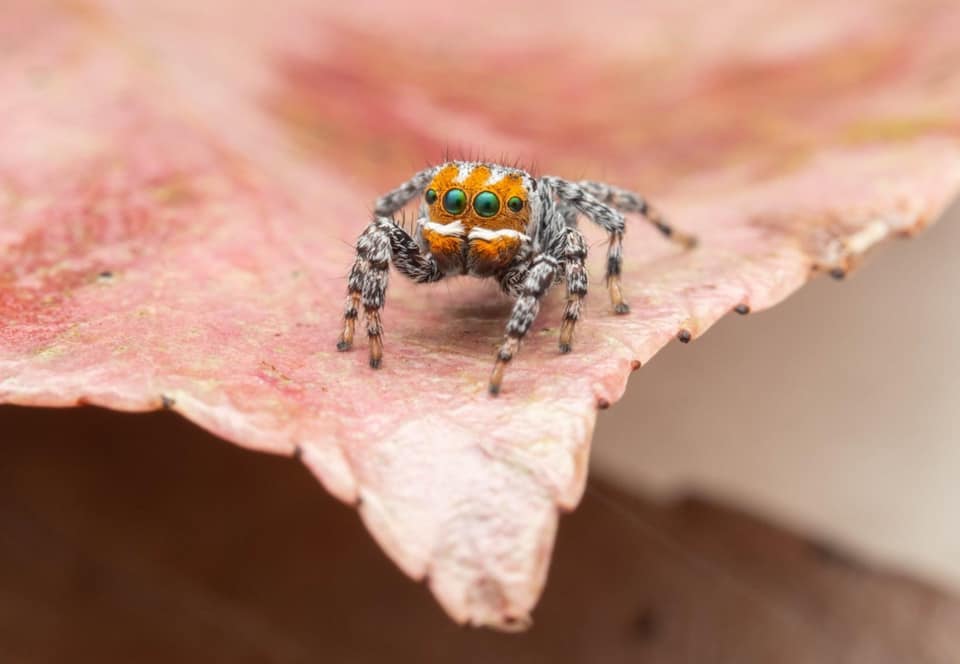
Photo: Joseph Schubert 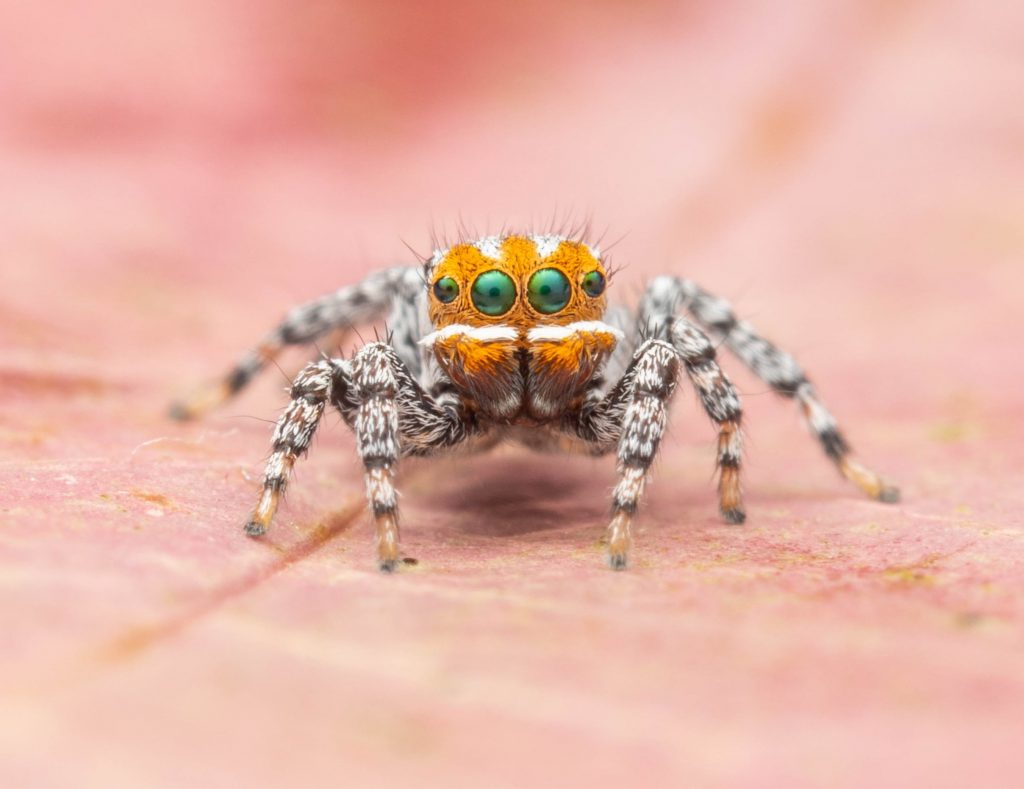
Photo: Joseph Schubert
This tiny little spider is just 4 mm long. It lives in ephemeral wetlands and can be found on the vegetation above the water. It’s funny that Joseph named the species Nemo after Pixar’s clown fish, as I had found them whilst doing fish sampling.
Here at NGT we have a focus on wetlands because they are such an important part of our environment. They filter run off water, are a place for water storage, and also recharge the ground water. Biodiversity is high around wetlands, as they are fantastic habitat for all sorts of creatures including waterbirds, amphibians, fish, reptiles, terrestrial insects and waterbugs, plants, and of course spiders. That is the reason why it’s really important to look after our wetlands.
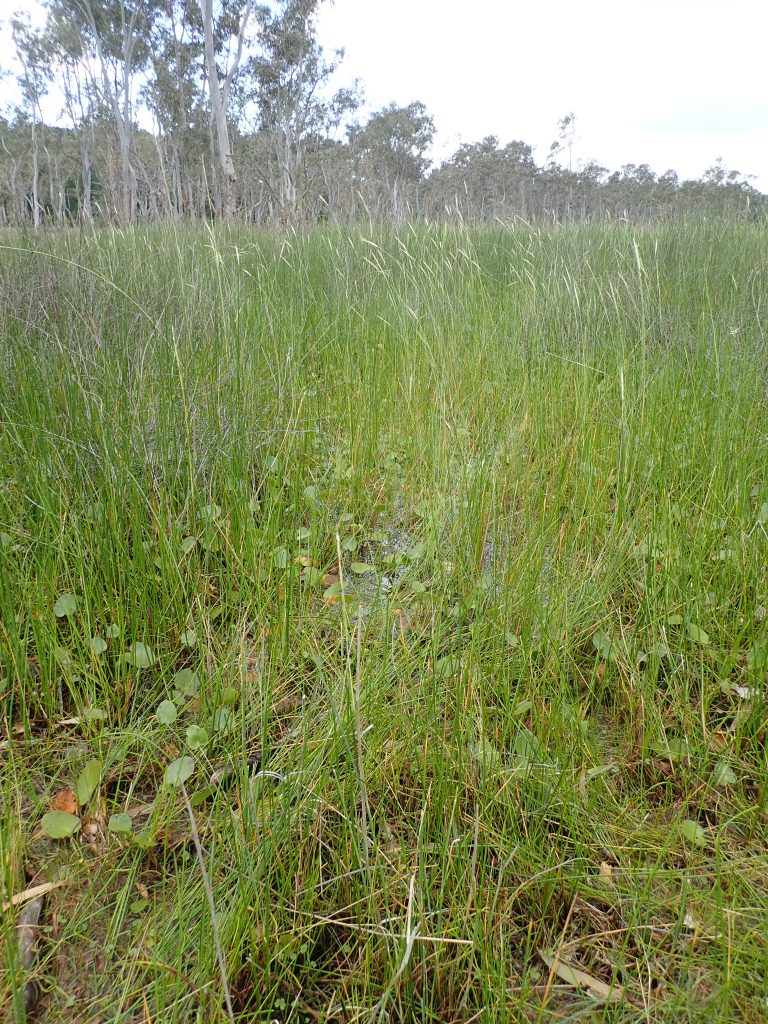
Wetland habitat where M. nemo is found (photo: Sheryl Holliday) 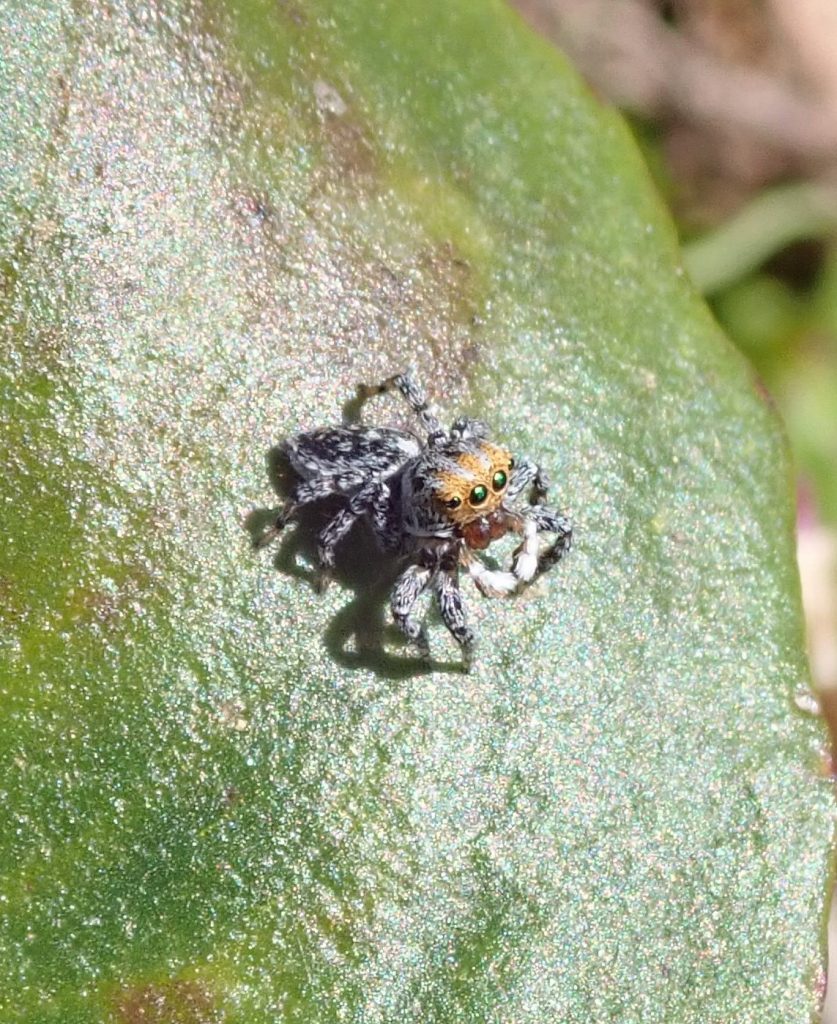
Maratus nemo (photo: Sheryl Holliday)
Prior to 2011, only 15 peacock spider species were known to occur in Australia. The popularity of this genus has exploded thanks to social media, with more people now aware of them and actively searching for them – including me! You can read my previous articles on peacock spider hunting at NGT Reserves here and Piccaninnie Ponds Conservation Park here. Although still an early career arachnologist, Joseph Schubert, has already described and named 13 species of peacock spiders, as well as five Jotus species (brushed jumping spiders).
Incredibly, including Nemo, we now have 92 species Australia-wide. For some searchers, the allure is capturing the moment the males dance for the females. With third legs raised and waving, abdomen tilted up, some have flaps that unfurl showing off their amazingly vibrant colours, all whilst vibrating their pedipalps as if to the beat of a drum. It certainly is a fascinating sight to see!
Since Nemo has been found, I will keep searching my little patch of South Australia and western Victoria, as I am sure there are more out there to be discovered.
